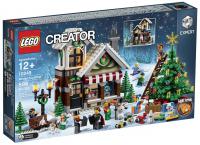
There is one thing LEGO investors and resellers fear more than getting banned from Shop at Home: set re-releases.
As you all know, LEGO production runs for a particular set is limited to a period between a few months to several years. Once the set hits the end of its life, investors expect never to see that set again at retail price and reap the benefits of secondary market demand and price increases.
While in the vast majority of cases this is the norm, every once in a while LEGO decides it is time to bring a previously released set back into the primary market. Re-releases are usually improved versions of the previous set including new building techniques, pieces and exclusive minifigures.
While the re-birth of previously retired sets can bring happiness to collectors that previously missed out, the opposite is usually true when it comes to investors. The possibility of buying a newer version for retail diminishes the need for collectors to pay higher secondary market prices, resulting in a decrease in demand and the expected price decrease. Investors dump the old set quickly in order to secure a small profit or to cut their losses; market reaches equilibrium.
Up until fairly recently, re-releases had been limited to smaller or mid-range play sets like Jabba’s Sail Barge. The impact of the newer version is easily observed in the graph below:
While this kind of issue annoyed re-sellers, it was what came after that really started worrying them: the re-release of an Ultimate Collector’s Series set; the 10240 X-Wing.
Somewhat different from the original model, this was LEGO’s first attempt to re-releasing one of the largest and most expensive sets in the secondary market. This issue has hurt the original version, 7191, significantly over the last couple of years; a 2 year and 1 year Compound Annual Growth Rate (CAGR) of -4.27 and -25.34 percent respectively according to the latest Brickpicker data.
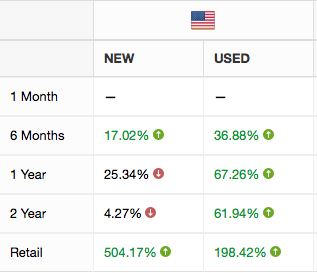 Despite the negative impact of the newer release, the original UCS X-Wing is still up over 500 percent of its original retail price. The serious collector is more than likely the source of demand for this set at the moment, which coupled with the relative scarcity has provided a price floor for 7191.
Despite the negative impact of the newer release, the original UCS X-Wing is still up over 500 percent of its original retail price. The serious collector is more than likely the source of demand for this set at the moment, which coupled with the relative scarcity has provided a price floor for 7191.
After the re-release of a UCS set, LEGO had opened the door to similar actions in the future. A lot of investors commented that this would be the beginning of the end of LEGO investing the way we knew it, and decided to make adjustments to their long-term investment strategy.
Enter the Winter Village holiday theme, one of the most admired and popular production lines in LEGO’s arsenal.
So far, LEGO has consistently released one new set per year on this line, while keeping no more than 2 on the shelves in any particular holiday season. Consequently, LEGO retires one Winter Village themed set per year, making it one of the most easily predictable retirements out there.
As investors, you can quickly understand why something like this would be appealing: shorter production runs limited to a few months of each year, somewhat concrete retirement dates and huge popularity with collectors are factors we all would like to see more when investing in LEGO.
Not surprisingly, the performance of the Winter Village theme has been quite stellar, as you can easily tell from the charts below:
Those are not only some really nice looking sets, but also pretty good investment returns.
Now, the real issue: LEGO recently announced the new release for this year’s holiday season, the Winter Village Toy Shop (2.0). From the pictures, you can see that in this case the company took re-releases to a whole new level by only slightly changing the previous model. Basically, we ended up with the same exact set as 2009 with very minimal cosmetic alterations, in addition to suggesting to move the Christmas tree to the complete opposite side of the display.
If you are a frequent visitor to the site’s forums, you will remember the uproar this release caused with investors and collectors alike. On one hand, it hurt investors that still held the previous version, while on the other it hugely disappointed collectors that expected to be able to add a new structure to their Winter Village town.
What immediately followed the announcement was not really hard to predict: dozens of new listings for 10199 popped up on eBay and other selling venues from sellers trying to realize their gains. The priced dropped very quickly, as sellers undercut each other hoping to get rid of the inventory way before the newer Toy Shop hit the shelves in a couple weeks.
Why would LEGO do this with so many different potential buildings that still can be added to the Winter Village town? I can think of a few potential reasons:
- The Winter Village Toy Shop is perhaps the most popular set of the entire WV line. The sales numbers on eBay seem to indicate that the Toy Shop sells the best in the entire line, with the Winter Village Bakery being a close second.
- LEGO determined that demand for a Toy Shop release increased with the release of last year’s Santa’s Workshop. Collectors that purchased the set last year may now be more likely to purchase a place for all of those freshly made toys to be sold.
- Being the older of the WV sets, the company determined it to be cost effective to bring it back with a few modifications and focus their efforts on other popular lines. Think Episode VII sets coming in the next few months.
We probably will never know the actual reasons executives at TLG decided to go with a re-release instead of a completely new concept, but the reasons above make some sense to me.
Now, does this mark the beginning of the end of the Winter Village line excellent secondary market performance? I honestly don’t believe so. Rarely we will find another theme that is so easily predictable as far as production runs and retirement dates, and even if LEGO re-released every single set every 4 years, by that time most of the post EOL price appreciation would have taken place anyway.
The key with this line will be, in my opinion, to hold the sets for a shorter time period, say 2 years, and sell to realize the gains. Why run the risk of this happening again when we already have proof that LEGO is willing to bring the older sets back?
Thanks for reading.
-
 17
17




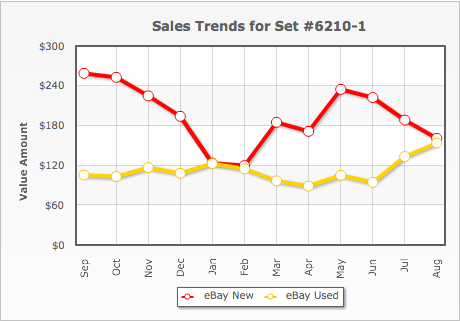
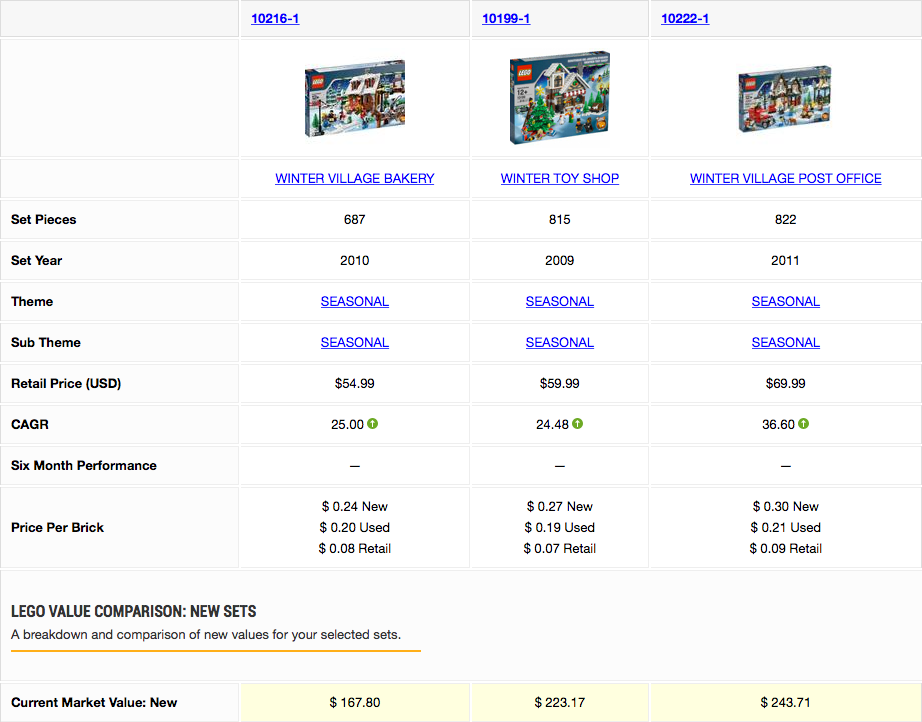

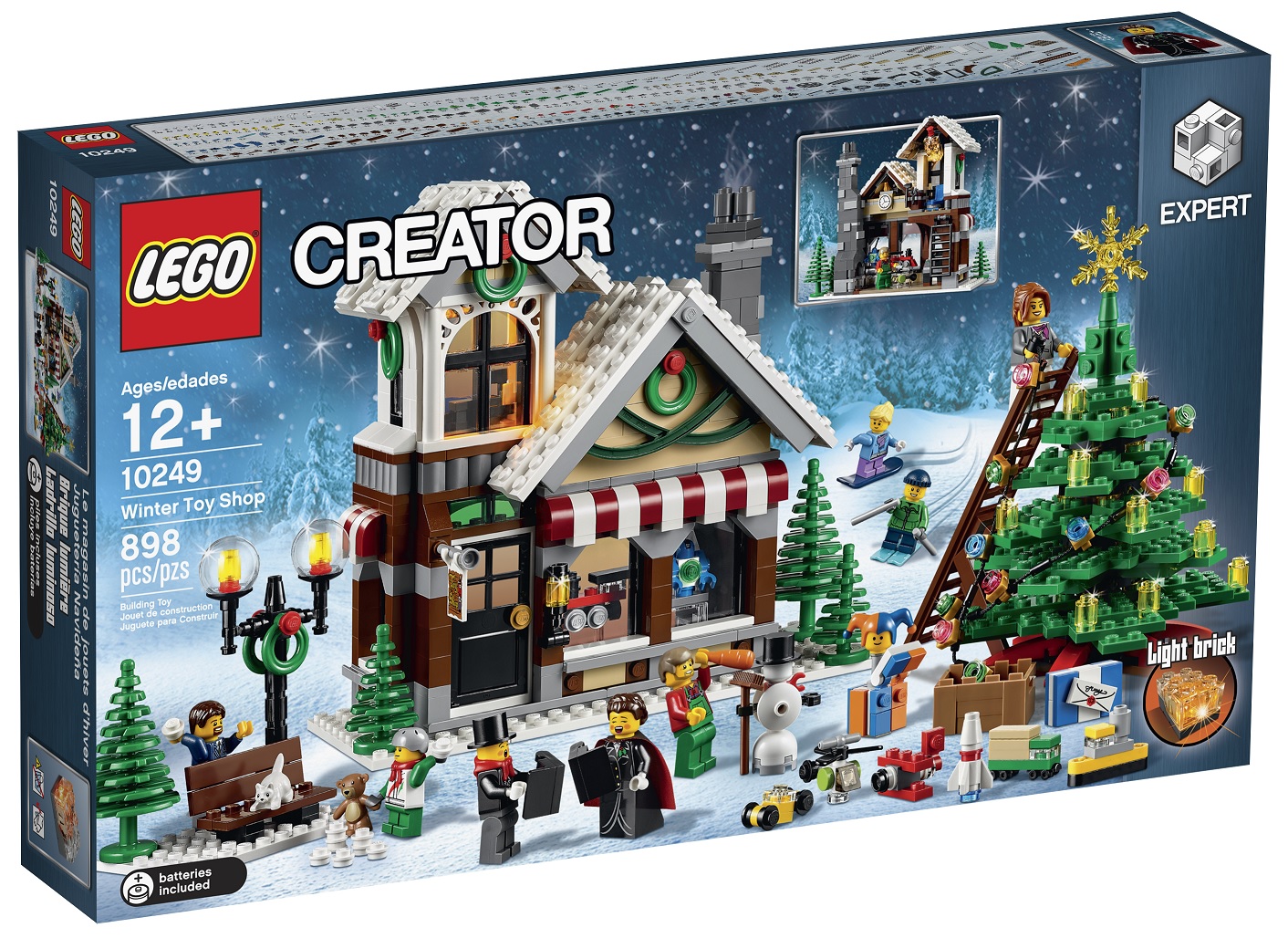

Recommended Comments
There are no comments to display.
Join the conversation
You can post now and register later. If you have an account, sign in now to post with your account.
Note: Your post will require moderator approval before it will be visible.